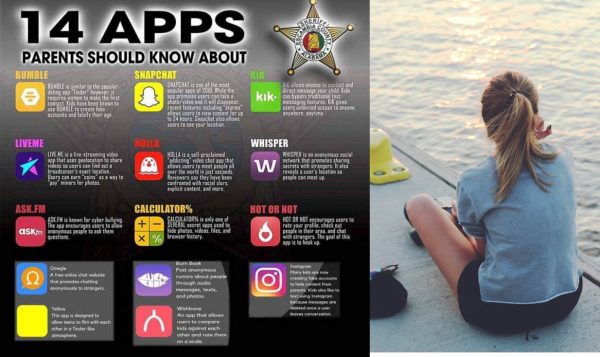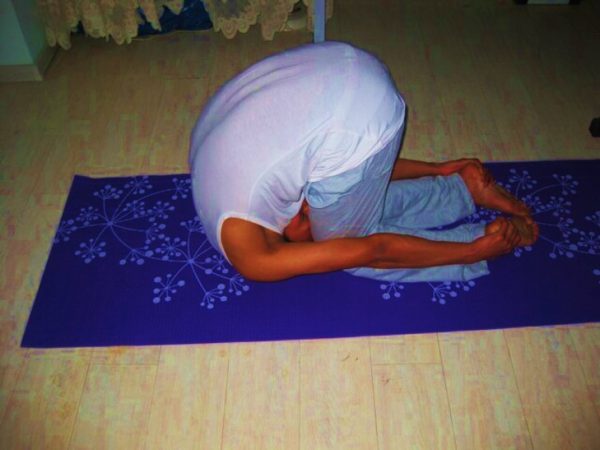
Cluttering causes anxiety
Have you noticed anxiety and tension in your system when you see things are cluttered in your house? People who thrive on cluttered environment experience lot of anxiety study says. Clutter is nothing but collection of things and things laying around in a disorganized manner. You can call it untidy mess. It can happen at your work station too. Papers, pens, coffee mugs and other objects scattered all over on your desk and things sitting on your counter tops in kitchen, clothes on sofa and floor – all these are best examples of clutters.
There are people who want everything in pristine condition that helps them to go through daily activities without any tension. They don’t like things sitting around or laying around. The moment they see something is not in its place and find it elsewhere it bothers them. These people always manage time, organize their stuffs and get through the day easily. Whereas there is second group of people who work in clutter and take time to find things, not organized. This can ultimately cause tension, anxiety and stress in the system – this is the new finding from Neuroscience Institute of Princeton University.
What happens when things are cluttered around us?
Holding onto things that we don’t want and keep accumulating stuffs in disorganized manner only can harm us. When we are surrounded by clutter or mess – our mind feels overwhelming response. One might not be able to realize it. This overwhelming takes away the focus from the important work that might needed attention, it can disturb productivity, creativity and things won’t get done or very little will get accomplished. Next what happens is, it becomes difficult to relax until the person fulfilled the responsibility or commitment.
Clutter also triggers mind to feel guilty and frustrated. If there is something need to be done, unless cleaning the mess around work cannot be completed – it puts mind to unrest, uneasy, frustrated followed by guilty of not doing anything about it.
Clutter also brings shadow on our thinking. Means, mind won’t be clear and we cannot ever remember or locate items, notes or stuffs that we are looking for.
According to psychology professor Sabine Kastner, visual clutter competes with our brain’s ability to pay attention and tires out our cognitive functions over time.
Decluttering helps
Decluttering is organizing things in a proper manner that helps us to complete work. Decluttering gives us ample of time to be creative, productive and happy. Letting go off stuffs that we don’t need and keeping things in order will not just clear your desk, home or room – it clears mind too. Decluttering brings down anxiety and stress level because you can focus on things that need your attention and mind clears to be creative once again.
To declutter
Take time and go through your stuffs – keep stuffs that you really need, separate the ones which you have not used in past 6 months to 2 years. Take those stuffs which you have not used (unless it is highly valuable), have a yard sale or give it away to charity.
Papers organized: Instead of piling up papers, go paperless and get your bills and other information delivered to inbox. If you get papers by post, organize the papers on priority basis or in other ways which makes it easy to find.
Designate space: For those items that you use often, designated certain place to easily find them. Do not mix beauty products with kitchen stuffs or office stuffs with your home papers.
Children toy: Buy couple of boxes and put children toy in boxes. Teach children to put toys back in place after their playtime.
Keep area clean after decluttering. Keep beautiful plants in your home and work desk or decorate the place with your favorite items. These arrangements will help you to focus on your work and life won’t be dull.
Decluttering means it is helping oneself to increase focus, feel satisfied and to be tension free. It improves mental health and removes anxiety.
Image credit: Photo by Sander from Pexels
(Free for commercial use)
Author: Sumana Rao | Posted on: March 5, 2019
















